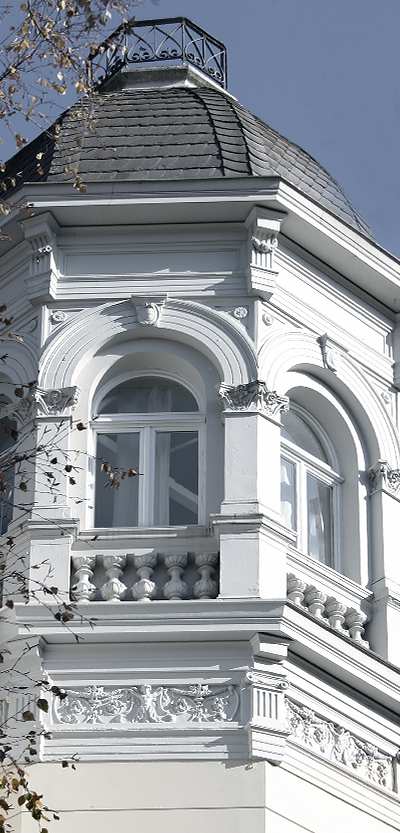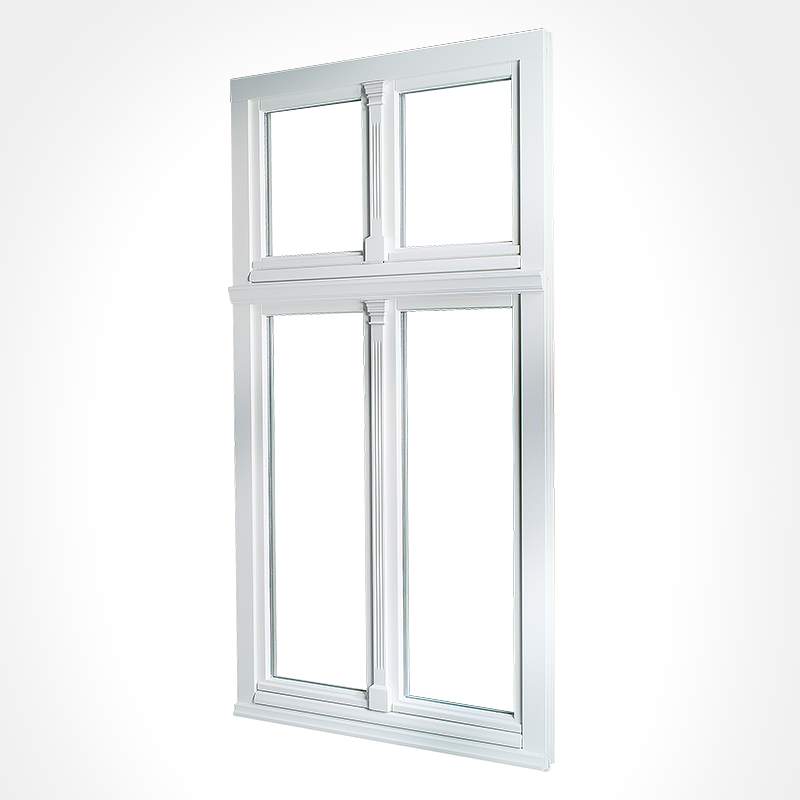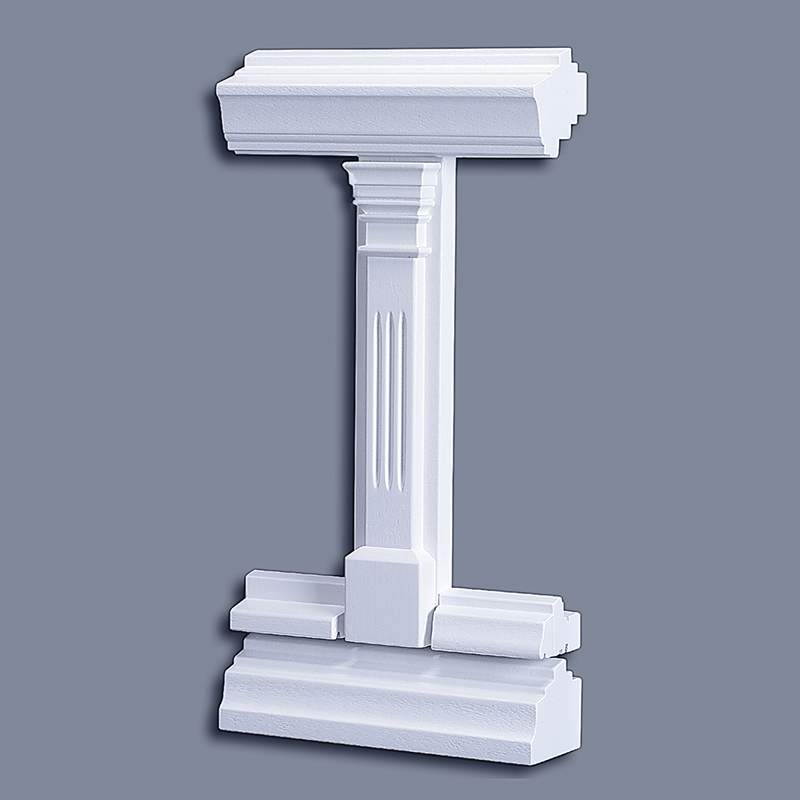Conservation Windows
Recreate a Historic Look with Modern Performance
Historic buildings are not just a beautiful addition to any neighbourhood, but important cultural assets. Preserving traditional homes and buildings is thus in the public interest and regulated by special building regulations in many countries. They typically focus on conserving the original period look across the facade and roof, including all of its components like doors and windows. Neuffer offers custom built traditional windows and doors in multiple materials and sizes to meet your project's technical, performance and historic requirements.
What is a Conservation Area?
In the United Kingdom, a conservation area is an area that is deemed worthy of protection due to special historical or architectural interest.
The Listed Buildings and Conservation Areas Act defines these areas as having "the character or appearance of which it is desirable to preserve or enhance."
Therefore, when making any change to the exterior of your home or building, including windows and doors, special guidelines to preserve the original look must be followed. Luckily, Neuffer offers a range of modern bespoke windows that can match the appearance of historic ones while providing the superior performance of today.
Replacing Windows in a Conservation Area
While historic windows boast excellent craftsmanship and beautiful hand-made parts, their long term durability is offset by deterioration over the years due to their typical timber construction. Years of use and weather typically leads to warping, rotting and deformation which in turn leads to regular repainting and sanding. Eventually, historic sash windows can become nearly unusable while at the same time offering little to no security and terrible insulation.




